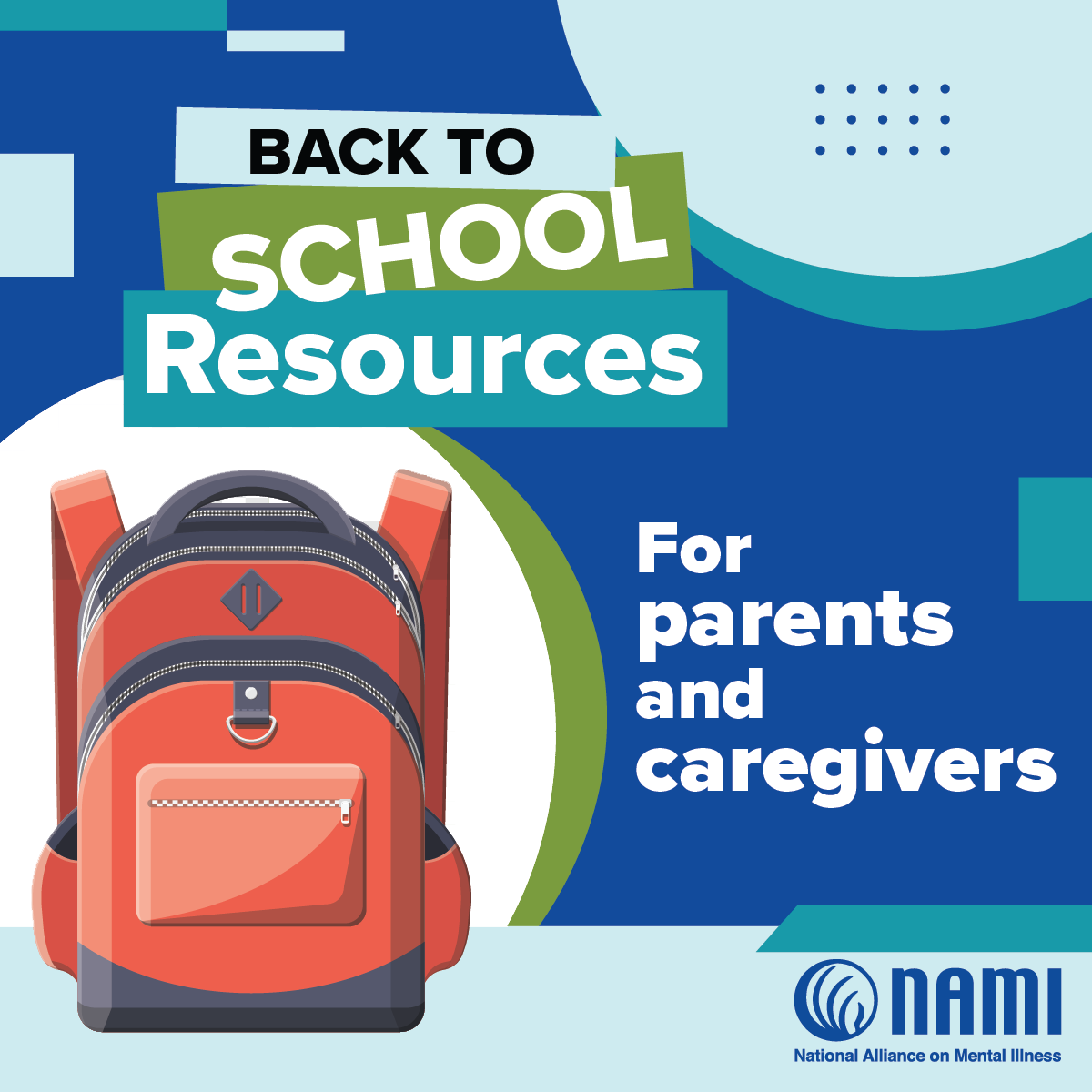Back to School: the 3 C’s of Communicating about Mental Wellness
NAMI created “The Three C’s” to help you and your child connect around mental health and wellness. Know the key “concrete” supports for family well-being, and encourage your child to share with you about the joys and challenges they are experiencing at this time. Over time you can develop practical strategies with your child on how to best support their mental health.
Get Curious
There may be moments at home when your child may seem disconnected, exhibiting changes in behavior, but communicating that “everything is fine.” Because there is often stigma attached to mental health conditions, children can feel ashamed to talk about their anxieties, stress, and depressed feelings. Use the following conversation starters to talk with your child about what they are experiencing. Remember to listen with curiosity and empathize with them.
It seems you are sadder during the evenings. So, let's explore, together, why that may be the case.
I’ve noticed you seem less interested in some of your favorite activities. What do you think is behind that?
When was the last time you felt this way? And what was happening around you?
Get Concrete
Talking about mental wellness on a consistent basis can help normalize mental health symptoms, eliminate stigma, and empower your child to seek the help and support they deserve. Occasionally use these questions to stay connected with your child, boost their self confidence, and practice resilience and self-care.
What’s your favorite way to relax or de-stress?
How are things going with your friends? What is something cool you talked about or did recently to connect with them? What is something fun you have planned soon with your friends?
What has been taking up most of your mental energy these days?
Do you feel anxious? If so, what leads to that feeling, and what does anxiety feel like to you?
Who or what is inspiring you the most right now?
What has been your favorite part of the week so far?
What new activities, music or hobbies do you want to try?
What’s something exciting that you’re looking forward to? What is something that you are absolutely dreading?
Do you feel like you have too many responsibilities? Do you think you are managing your time well? What could support you?
I love you and care about you. What’s the best way to regularly connect about mental health and wellness? What is one thing I can do right now to encourage you?
Stay Compassionate
Use compassionate language to ensure your child feels seen, heard, and validated when discussing mental health and wellness. Some language tips:
It helps to say “Thank you for telling me that” after your child expresses how they feel.
Engage in active listening by repeating the feelings that your child has shared, saying phrases such as, “what I’m hearing you say is,” and “we’re in this together.”
Avoid making assumptions about the experiences your child shares or the meaning of those experiences. This is a time for listening and demonstrating your empathy.
Get comfortable with silence, because most people, your child included, share more when we show we are listening without interjecting.
Always remain calm as your child learns to understand and share more deeply about their emotions and mental health symptoms. If your child senses you are upset, they will be less likely to share in the future.

